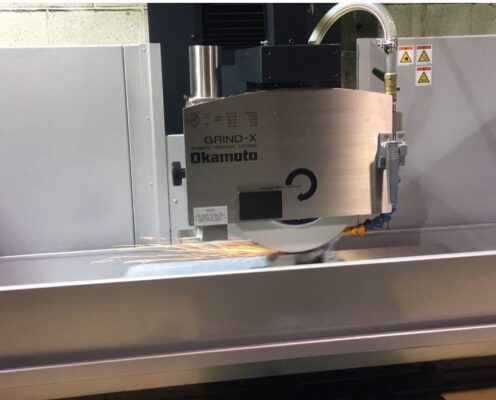Gentzler Tool & Die specializes in form die solutions designed to shape metal precisely and efficiently. Our form dies enable seamless bending, stretching, and drawing of materials into complex shapes without cutting or removing material. Whether for mass production or prototyping , our expertise ensures high-quality results for industries requiring precision metal forming.
Located just south of Akron, OH, in Uniontown, OH, near Green, OH, we provide cutting-edge form die solutions tailored to meet the needs of manufacturers across multiple sectors.

